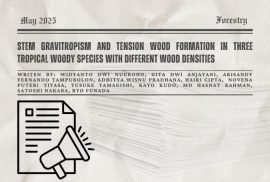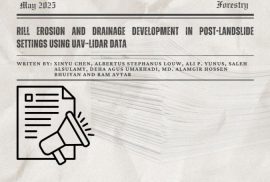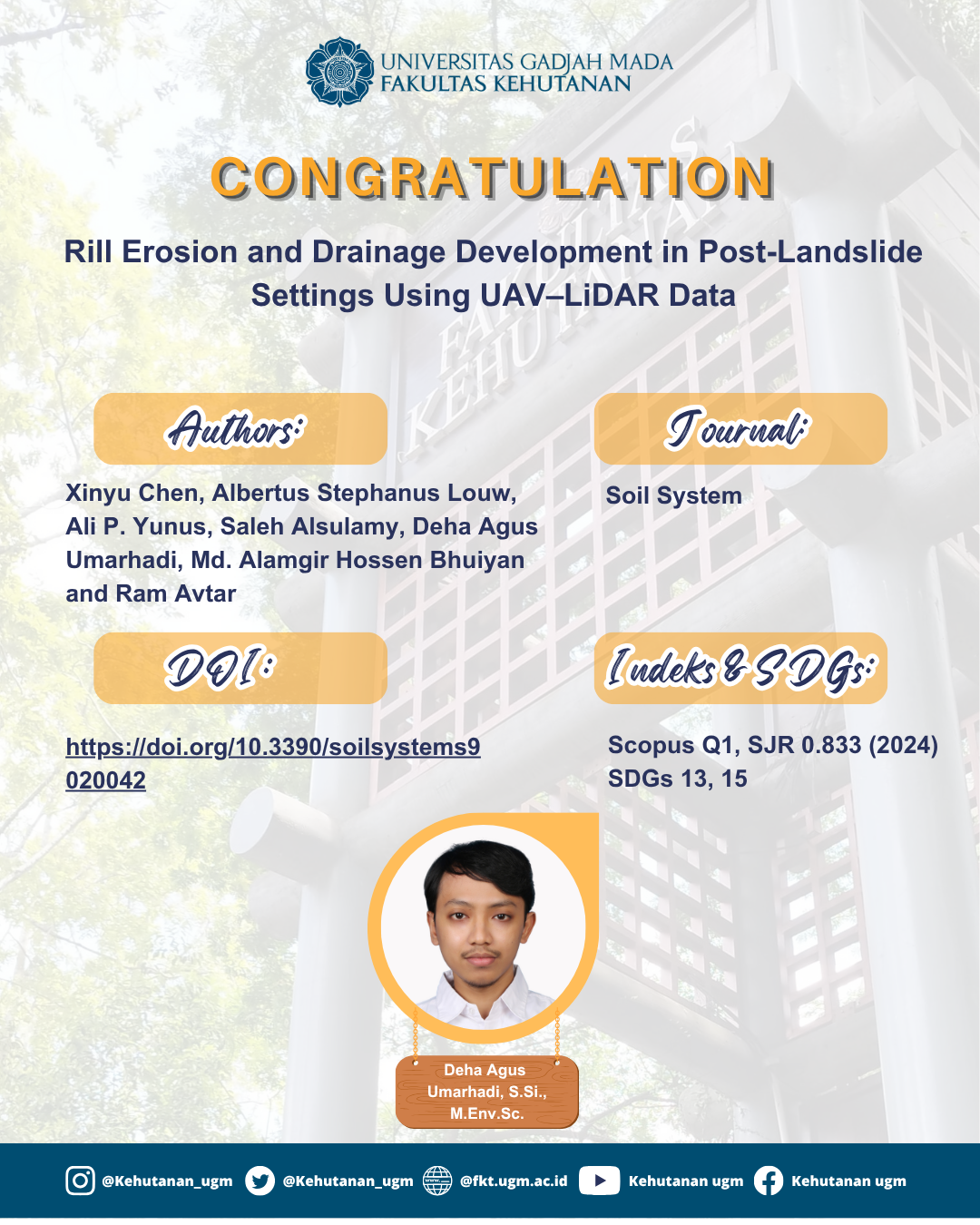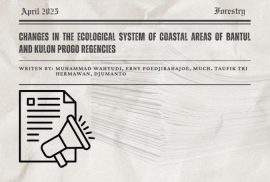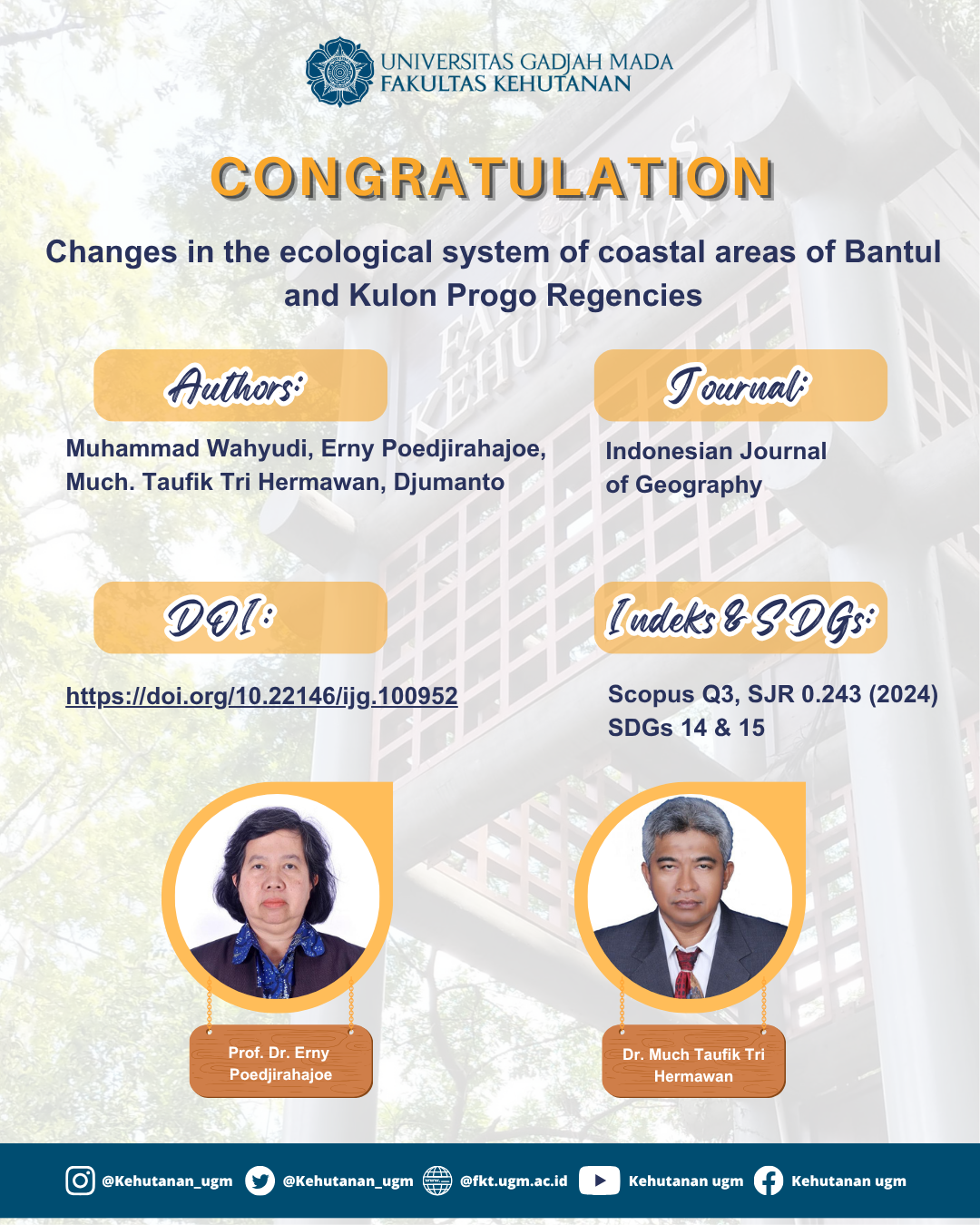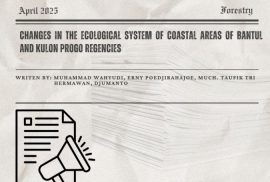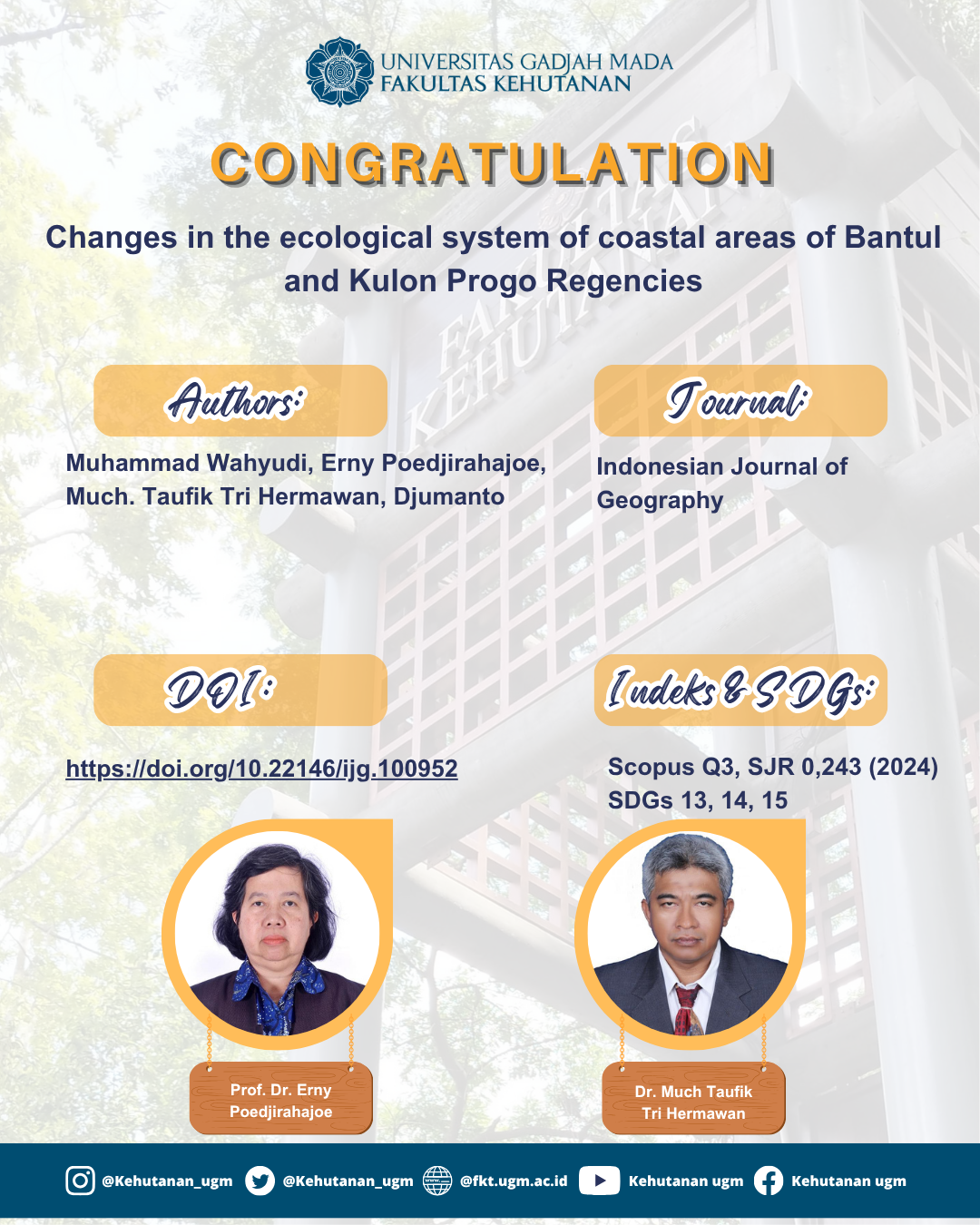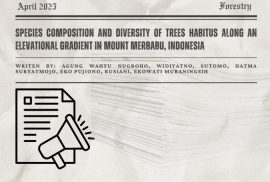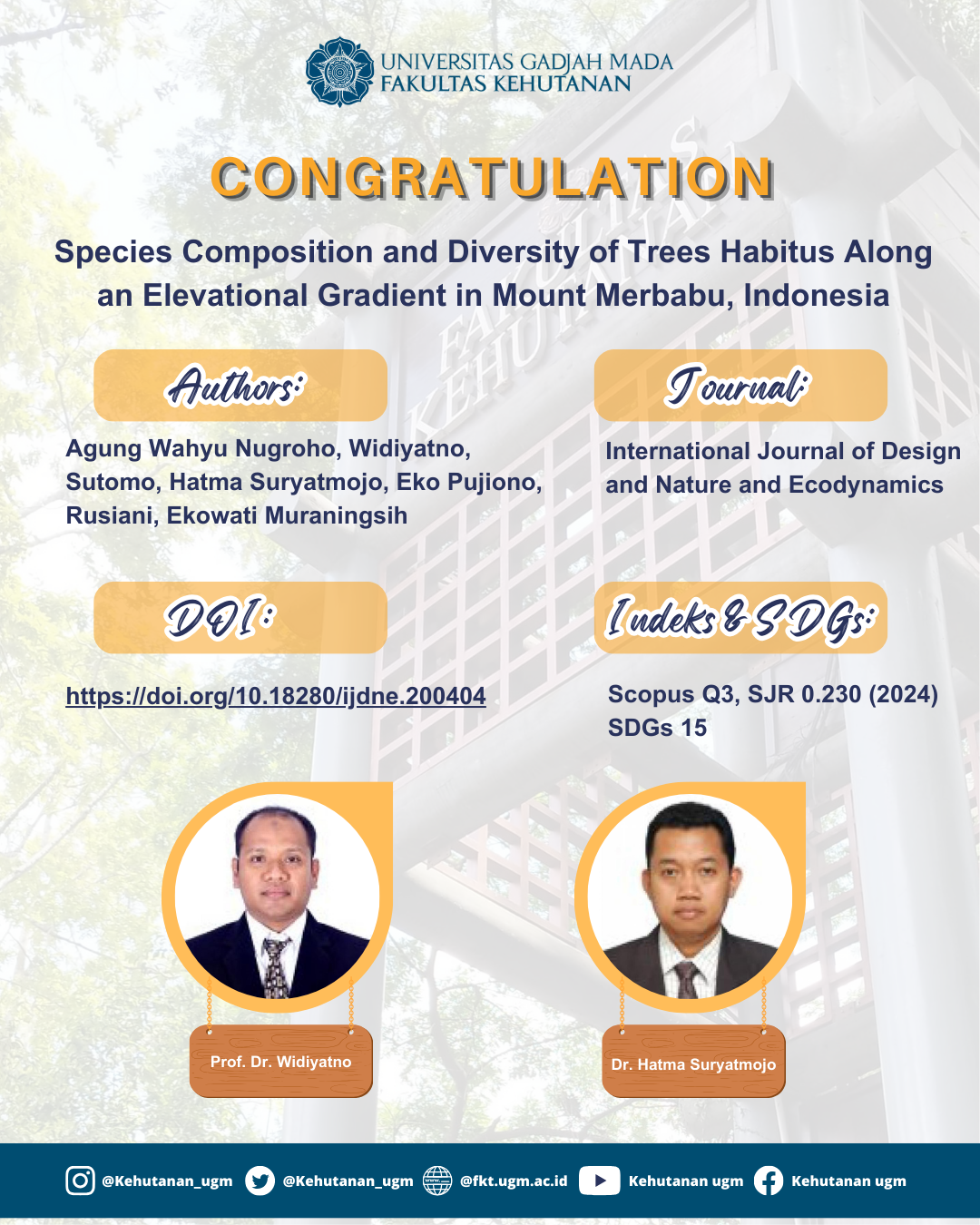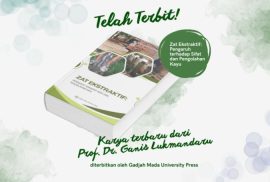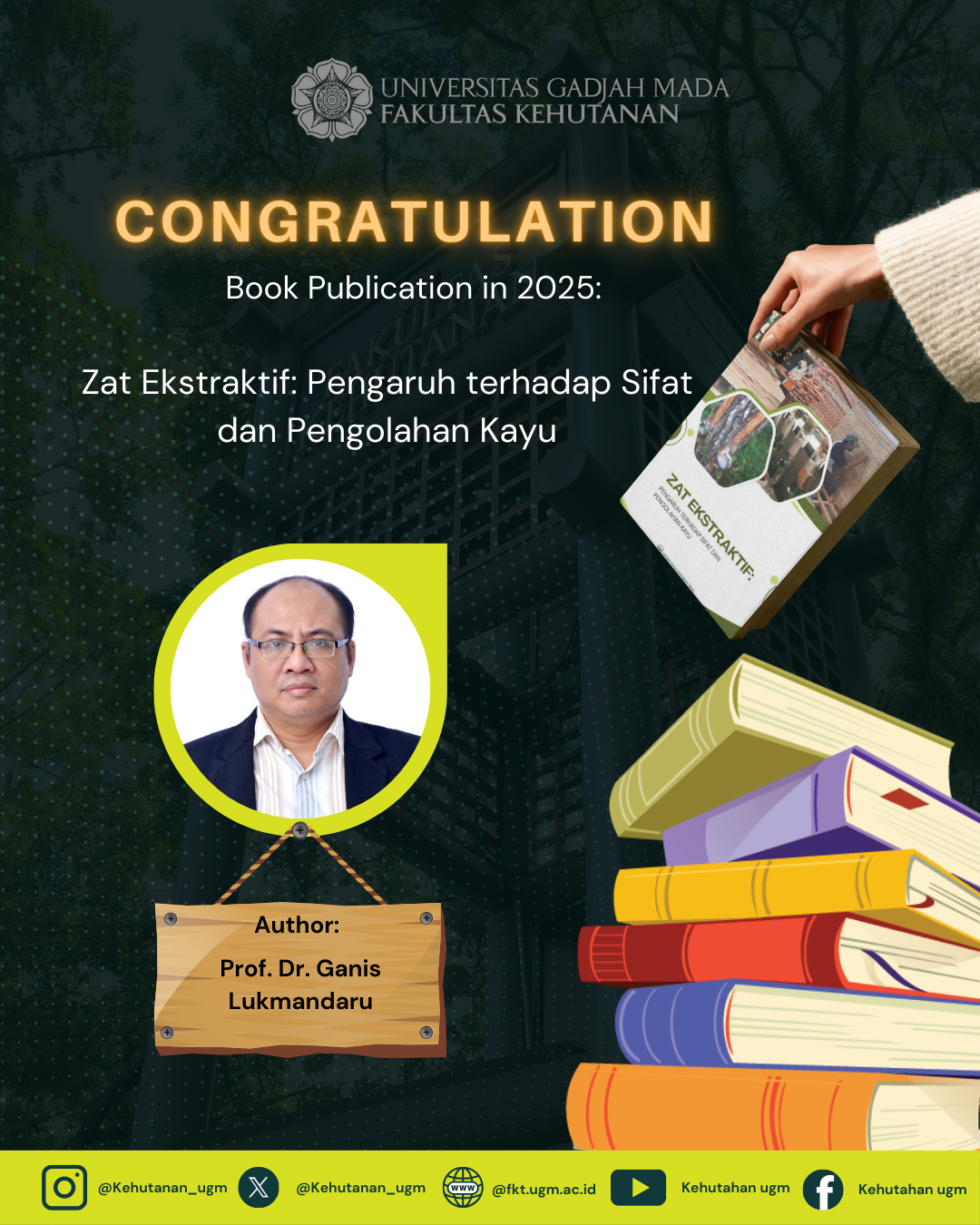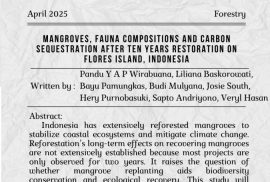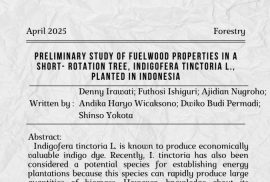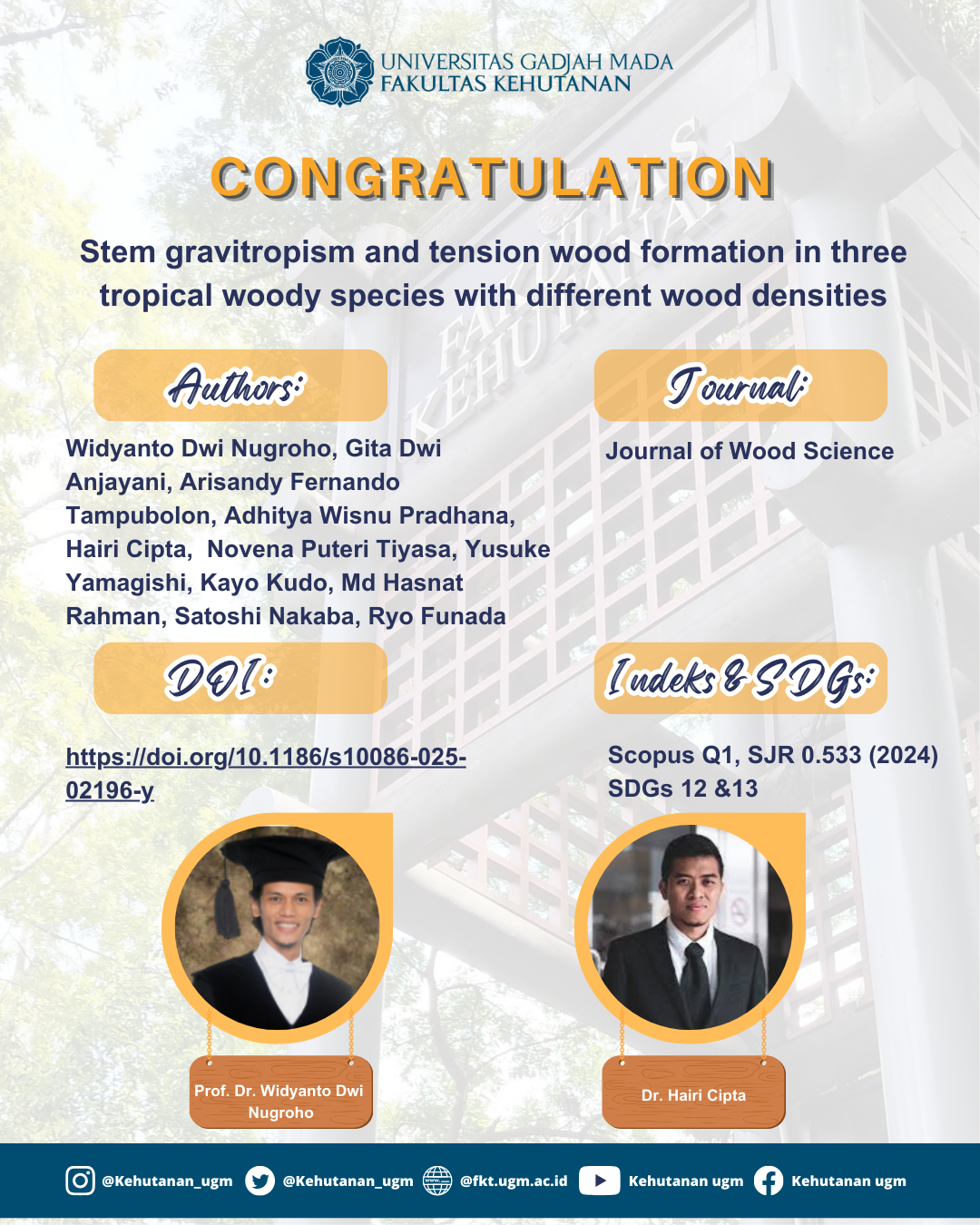
Abstract
Angiosperm trees develop tension wood on the upper side of leaning stems to reorient the direction of stems towards their normal positions in response to a gravitational stimulus. The development of gelatinous fibers with thick inner gelatinous layers (G-layers) might elevate tensile stress required for such reorientation in many angiosperm species. This study aims to investigate negative gravitropism and tension wood formation in response to a gravitational

